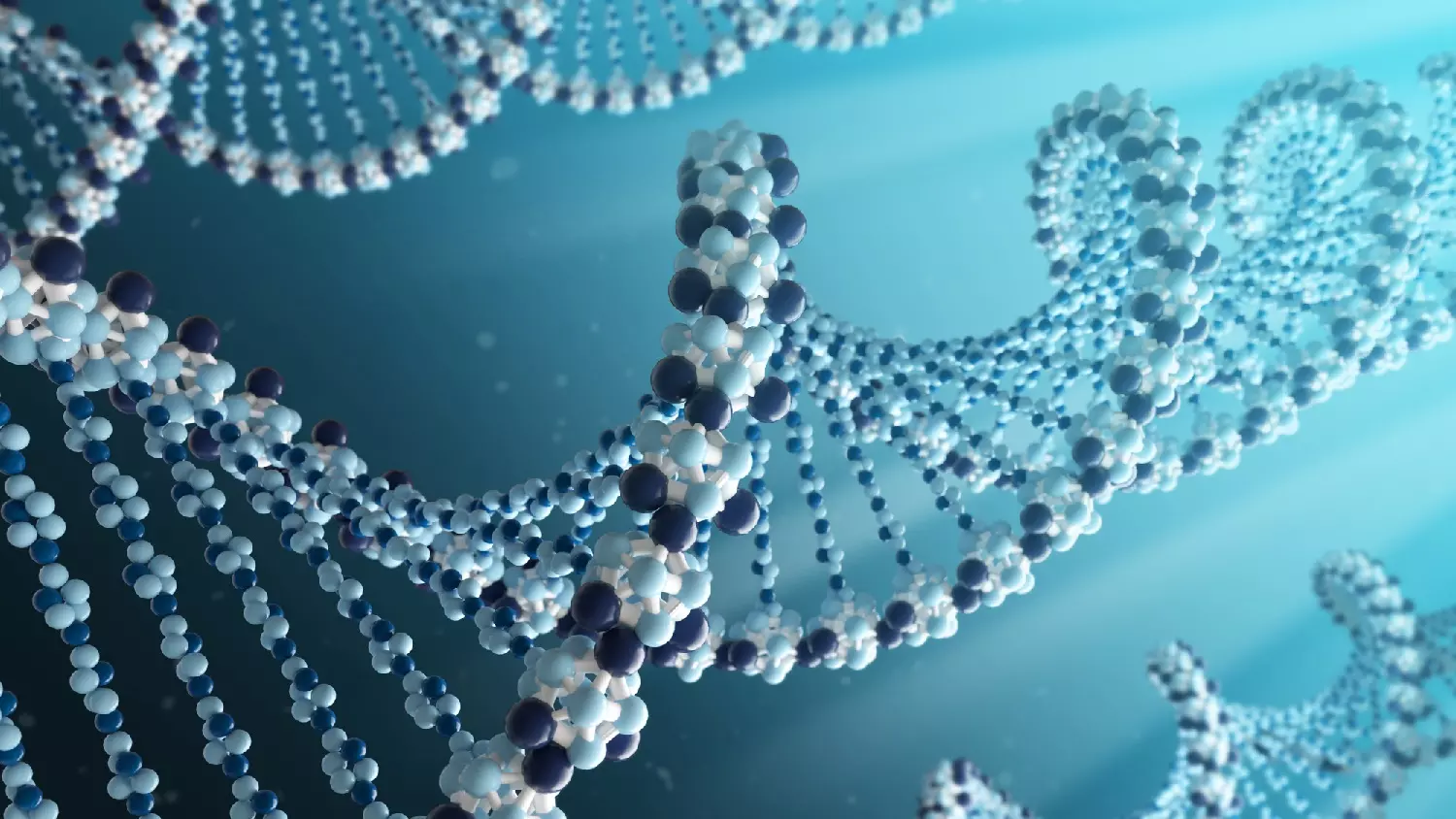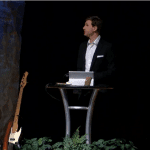[Originally published as CRS Conference Recap]
I had the privilege to attend the 2022 Creation Research Conference. Held on the enormous campus of Liberty University, it was highly interesting and I learned a large amount. Unfortunately, I could not attend every session, but I did get to most of the biology sessions. Here is my recap of some of the presentations I was able to attend.
Rob Carter: A Revised 4D Baramin Concept
Some of you may have seen Dr. Carter’s articles on CMI’s website talking about how species were designed to change. This lecture built on that concept and discussed what he called the “braided baramin” concept. Creationists have talked about the “neo-creationist orchard” for years since Kurt Wise’s paper in the 1991 ICC. Carter wants to correct this since it assumes a single origin point for each baramin. This is likely false since God almost undoubtedly created each kind with more than two individuals. The only exception would be humans.
Therefore each kind likely had multiple roots, not one at the beginning. Even post-flood, the clean kinds would still have multiple origin points, as either seven or fourteen (depending on your preferred translation), would have survived. This has strong implications for creation baraminology as it introduces significantly more diversity into the original kinds that may persist to the present.
Marcus Ross: Evaluating Hypotheses of Hominin Baraminology
I have to admit, this one is a bit of a disappointment. It turned out to be more about the historical Adam than baraminology. While there is nothing wrong with a presentation on the historical Adam, I was hoping for a defense of the conclusions of Wood et al regarding human baraminology. Very little was based on that.
However, there were a few statements that were helpful. Ross suggested implementing anthropological data in baraminology to determine which species are truly human. This is a novel suggestion and one I heartily approve of. However, it depends on implementation. If Wood, Ross, et al, simply allow the evolutionists to feed them data that they must accept wholesale, then I can see this being a disaster.
Matthew Cserhati: Mitochondrial Baraminology of Annelida
This presentation was interesting, with the Annelid words being split into several groups, with the exact number depending on the group. More interesting was the post-presentation discussion and other discussions about mtDNA baraminology at the conference. Gene order baraminology is not the final word, as it cannot separate apes and humans (a key problem and one I find backbreaking for any baraminological proposal).
I confirmed in a discussion with Cserhati that mtDNA sequence similarity can separate the two. According to Cserhati, mtDNA shared within a single kind will be similar in length, have similar gene order, be highly conserved, and have similar GC content. Exactly how much the similarity will be depends on the kind, and requires further research. Cserhati also mentioned that a software program similar to the existing BDIST/BARCLAY will be coming in the future except for mtDNA. When that comes, I will try it out and review it here on the blog.
Salvador Cordova: The protein orchard (rather than a universal tree) is unwittingly adopted in modern biosystematics
I was glad to be able to attend my good friend Sal’s presentation on protein orchards. The presentation was similar to things he has said on his channel for some time. In fact, I encouraged him to submit the abstract to the conference. Sal did a good job, and, while I did not understand the thermodynamic aspects of the presentation, he did answer a question which has an interesting aspect. He said it is possible to determine the difference between organisms by determining the differences between proteins of the same protein family. This represents a potential avenue for baraminological research, one I would like to see explored in the future.
All in all, the CRS conference was interesting and provided an excellent opportunity for learning. I encourage any creationist with a scientific mind to attend future conferences and learn from the researchers in the field. I am told there will be no conference next year, due to the International Conference on Creationism, which I plan to attend as well, but when the next event comes around, I expect I will attend, and I hope to see some of my readers there.






